Varenicline
- CAS NO.:249296-44-4
- Empirical Formula: C13H13N3
- Molecular Weight: 211.26
- MDL number: MFCD10001497
- Update Date: 2024-07-02 08:55:12

What is Varenicline?
Description
Varenicline, a partial agonist of the a4b2 nicotinic receptor, is a first-in-class drug launched by Pfizer as an aid to smoking cessation treatment. Varenicline exhibits dual action by decreasing craving and withdrawal symptoms, and by decreasing the reinforcement associated with smoking. The addictive properties of nicotine are thought to be mediated in part through its action as an agonist at α4β2 neuronal nicotinic acetylcholine receptors (nAChRs). Activation of α4β2 receptors by nicotine increases the release of dopamine in the mesolimbic system, an effect that is shared by most drugs of abuse. As nicotine levels decrease, dopamine levels decline, which in turn stimulates the urge to smoke. Additionally, a reduced dopaminergic tone due to abstinence from smoking stimulates craving and the withdrawal syndrome. A partial agonist of α4β2 receptors such as varenicline is expected to elicit a moderate and sustained increase in dopamine levels to relieve craving and withdrawal symptoms. In addition, by competitively binding to a4b2 receptors and inhibiting nicotineinduced dopaminergic activation, a partial agonist could attenuate the pharmacologic reward associated with smoking.
Originator
Pfizer (US)
The Uses of Varenicline
Varenicline is a useful medication for smoking cessation.
The Uses of Varenicline
Smoking cessation (selective nicotinic receptor modulator).
Background
Varenicline is a prescription medication used to treat smoking addiction. This medication is the first approved nicotinic receptor partial agonist. Specifically, varenicline is a partial agonist of the alpha4/beta2 subtype of the nicotinic acetylcholine receptor. In addition it acts on alpha3/beta4 and weakly on alpha3beta2 and alpha6-containing receptors. A full agonism was displayed on alpha7-receptors.
On March 9, 2015, the U.S. Food and Drug Administration warned that Varenicline, in the form of Pfizer Inc's quit-smoking drug, Chantix, has been associated with seizures and that some patients who drink while taking the drug may become aggressive or black out. Pfizer is conducting an additional safety study of the drug, results of which are expected in late 2015. The FDA said it is keeping the black box in place at least until the results of the trial are announced.
Indications
For use as an aid in smoking cessation.
Varenicline as a nasal spray is indicated for the symptomatic treatment of dry eye disease.
Definition
ChEBI: An organic heterotetracyclic compound that acts as a partial agonist for nicotinic cholinergic receptors and is used (in the form of its tartate salt) as an aid to giving up smoking.
brand name
Chantix (Pfizer).
Pharmacokinetics
Varenicline is a partial nicotinic acetylcholine receptor agonist, designed to partially activate this system while displacing nicotine at its sites of action in the brain.
Clinical Use
Aid to smoking cessation
Synthesis
Several modifications to the original synthesis have been reported in the literature, including an improved process scale synthesis of the last few steps.The Grignard reaction was initiated on a small scale by addition of 2-bromo fluorobenzene 113 to a slurry of Magnesium turnings and catalytic 1,2-dibromoethane in THF and heating the mixture until refluxing in maintained. To this refluxing mixture was added a mixture of the 2-bromo fluorobenzene 113 and cyclopentadiene 114 over a period of 1.5 h. After complete addition, the reaction was allowed to reflux for additional 1.5 h to give the Diels- Alder product 115 in 64% yield. Dihydroxylation of the olefin 115 by reacting with catalytic osmium tetraoxide in the presence of N-methylmorpholine N-oxide (NMO) in acetone: water mixture at room temperature provided the diol 116 in 89% yield. Oxidative cleavage of diol 116 with sodium periodate in biphasic mixture of water: DCE at 10oC provided di-aldehyde 117 which was immediately reacted with benzyl amine in the presence of sodium acetoxyborohydride to give benzyl amine 118 in 85.7% yield. The removal of the benzyl group was effected by hydrogenation of the HCl salt in 40-50 psi hydrogen pressure with 20% Pd(OH)2 in methanol to give amine hydrochloride 119 in 88% yield. Treatment of amine 119 with trifluoroacetic anhydride and pyridine in dichloromethane at 0oC gave trifluoroacetamide 120 in 94% yield. Dinitro compound 121 was prepared by addition of trifluoroacetamide 120 to a mixture of trifluoromethane sulfonic acid and nitric acid, which was premixed, in dichloromethane at 0oC. Reduction of the dinitro compound 121 by hydrogenation at 40-50 psi hydrogen in the presence of catalytic 5%Pd/C in isopropanol:water mixture provided the diamine intermediate 122 which was quickly reacted with glyoxal in water at room temperature for 18h to give compound 123 in 85% overall yield. The trifluoroacetamide 123 was then hydrolyzed with 2 M sodium hydroxide in toluene at 37-40oC for 2-3h followed by preparation of tartrate salt in methanol to furnish varenicline tartrate (XV).
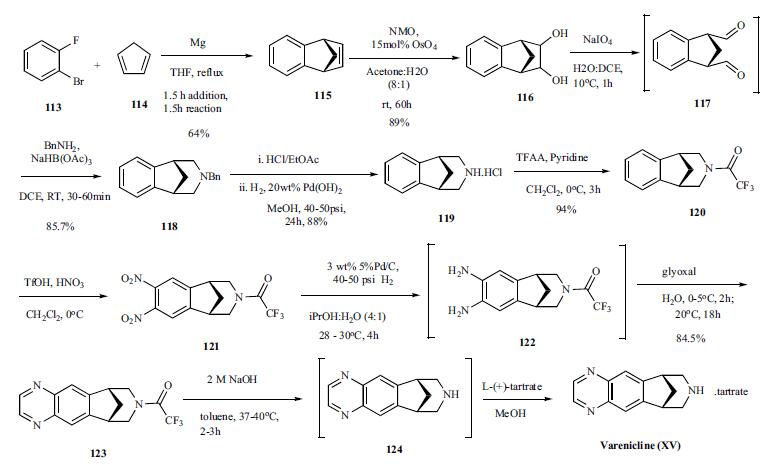
Metabolism
Metabolism is limited (<10%). Most of the active compound is excreted by the kidneys (81%). A minor amount of varenicline is glucuronidated, oxidated, N-formylated, as well as conjugated to form a hexose.
Metabolism
Varenicline undergoes minimal metabolism with less
than 10
% excreted as metabolites. About 92
% of a dose is
excreted unchanged in the urine.
Minor metabolites in urine include varenicline
N-carbamoylglucuronide, N-glucosylvarenicline and
hydroxyvarenicline. In circulation, varenicline comprises
91
% of drug-related material.
References
[1] garrison gd, dugan se. varenicline: a first-line treatment option for smoking cessation. clin ther. 2009 mar;31(3):463-91.
Properties of Varenicline
| Melting point: | 138.5 °C |
| Boiling point: | 400.6±40.0 °C(Predicted) |
| Density | 1.247±0.06 g/cm3(Predicted) |
| storage temp. | Store at -20°C |
| solubility | Soluble in DMSO |
| form | Powder |
| pka | 9.60±0.20(Predicted) |
| color | Light yellow to yellow |
| Stability: | Hygroscopic |
Safety information for Varenicline
Computed Descriptors for Varenicline
Varenicline manufacturer
Opulant Pharmaceuticals Pvt Ltd
VIVAN Life Sciences Pvt Ltd
Riddhesh Pharmachem
New Products
(S)-3-Aminobutanenitrile hydrochloride 4-Methylphenylacetic acid N-Boc-D-alaninol N-BOC-D/L-ALANINOL Tert-butyl bis(2-chloroethyl)carbamate 3-Morpholino-1-(4-nitrophenyl)-5,6-dihydropyridin- 2(1H)-one Furan-2,5-Dicarboxylic Acid Tropic acid 1-Bromo-3,5-Di-Tert-Butylbenzene S-2-CHLORO PROPIONIC ACID ETHYL ISOCYANOACETATE 2-Bromo-1,3-Bis(Dimethylamino)Trimethinium Hexafluorophosphate 4-IODO BENZOIC ACID 3-NITRO-2-METHYL ANILINE 1-(2,4-DICHLOROPHENYL) ETHANAMINE (2-Hydroxyphenyl)acetonitrile 4-Bromopyrazole 2-(Cyanocyclohexyl)acetic acid 4-methoxy-3,5-dinitropyridine 1-(4-(aminomethyl)benzyl)urea hydrochloride 2-aminopropyl benzoate hydrochloride diethyl 2-(2-((tertbutoxycarbonyl)amino) ethyl)malonate tert-butyl 4- (ureidomethyl)benzylcarbamate Ethyl-2-chloro((4-methoxyphenyl)hydrazono)acetateRelated products of tetrahydrofuran

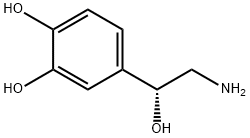



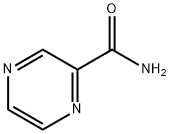


You may like
-
 249296-44-4 99%View Details
249296-44-4 99%View Details
249296-44-4 -
 Varenicline Free Base 98%View Details
Varenicline Free Base 98%View Details
249296-44-4 -
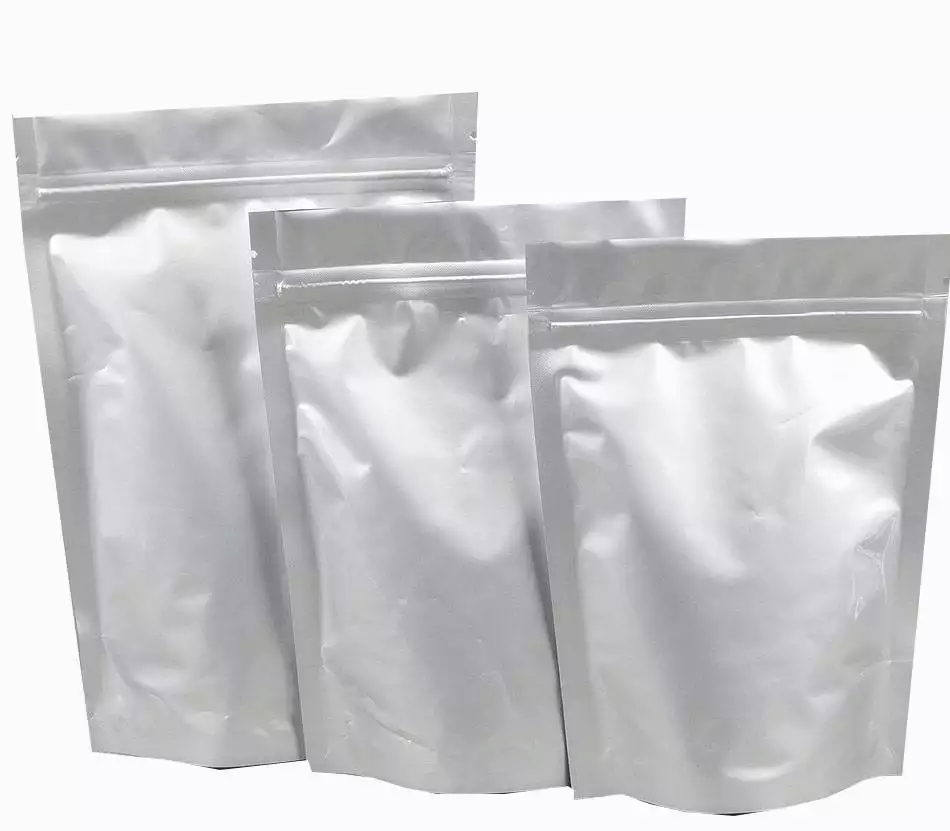 7,8,9,10-Tetrahydro-6,10-methano-6H-pyrazino(2,3-H)(3)benzazepine 249296-44-4 98%View Details
7,8,9,10-Tetrahydro-6,10-methano-6H-pyrazino(2,3-H)(3)benzazepine 249296-44-4 98%View Details
249296-44-4 -
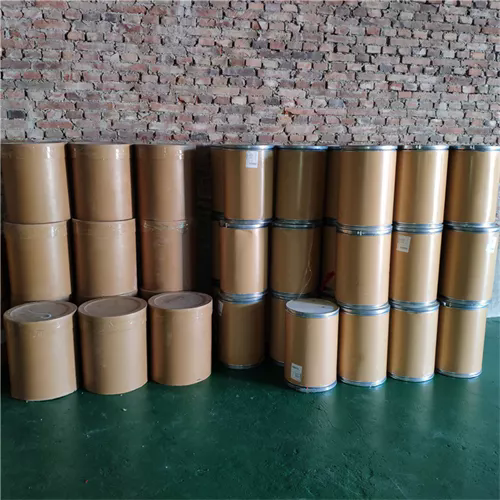 Varenicline 98%View Details
Varenicline 98%View Details -
 249296-44-4 98%View Details
249296-44-4 98%View Details
249296-44-4 -
 Varenicline 98%View Details
Varenicline 98%View Details -
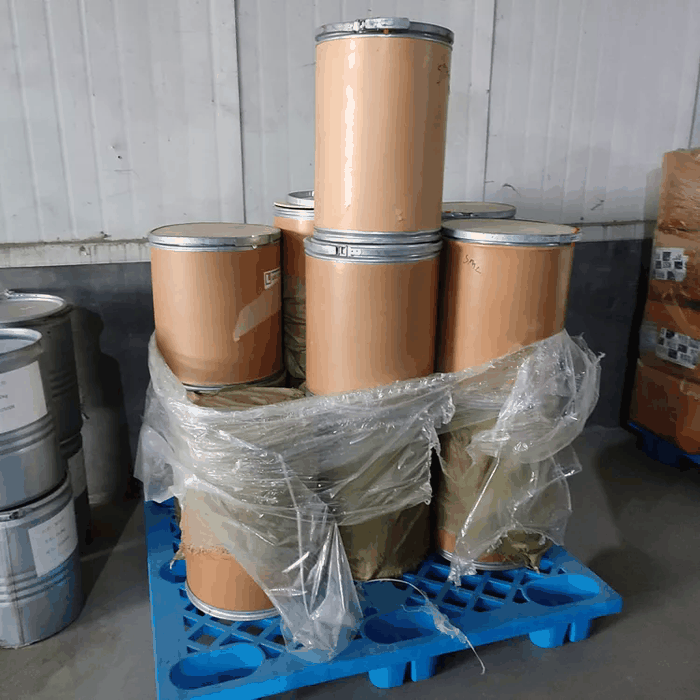 249296-44-4 Varenicline 98%View Details
249296-44-4 Varenicline 98%View Details
249296-44-4 -
 249296-44-4 99%View Details
249296-44-4 99%View Details
249296-44-4